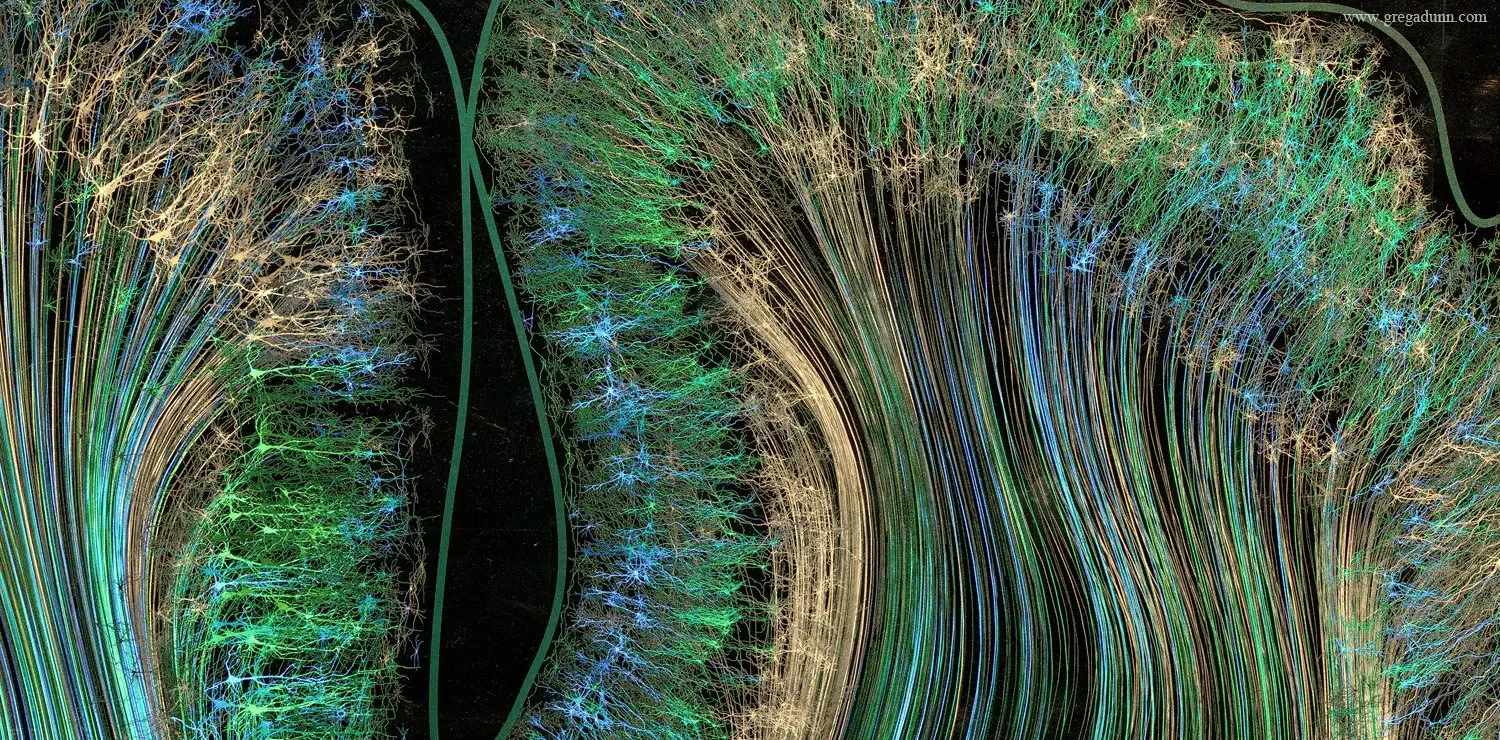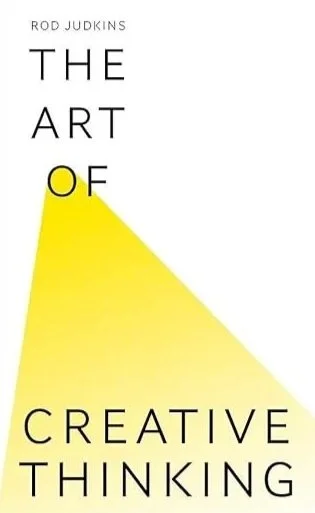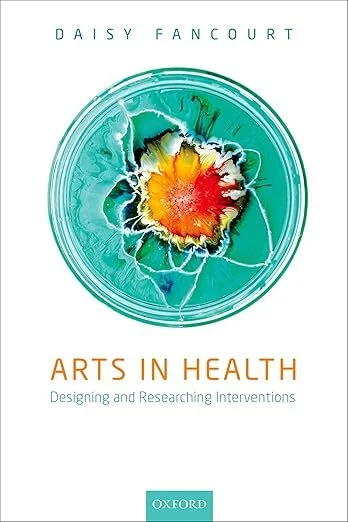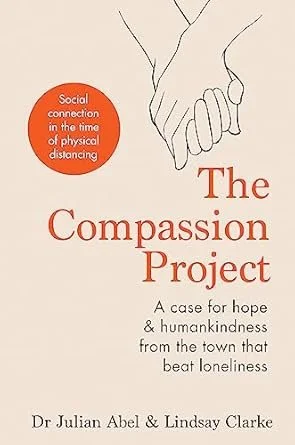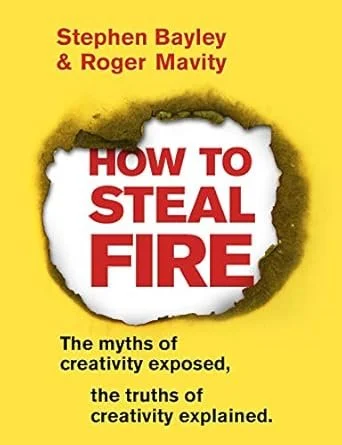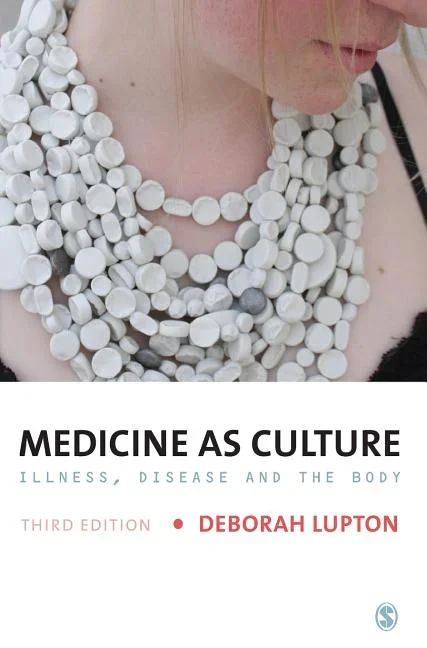Introduction | Background | Why | How | Challenges | Examples | Summary | Resources
Introduction
Friday morning surgery
I know my first patient well. She has attended surgery many times with postnatal depression after the birth of her second child. She talks - I listen. Her youngest child has just started nursery and she's gone back to work part-time. She's feeling a little isolated and stressed with juggling life at work and home. She wonders whether she needs to go back on the antidepressant she had five years ago. We discuss what she used to like doing before she had children.
I don't see her again until she brings her eldest child down for an appointment. She's looking brighter and tells me how much is enjoying going to the mum’s singing group I had mentioned. She's getting much needed support, and she's enjoying introducing her youngest to the joy of music. She's also joined the work well-being choir. That's brought back her confidence and enabled her to feel more connected with people at work. She smiles as she leaves the room.
This is creative health.
Le Soleil levant, Claude Money 1972
Key insightsEngaging in art and creativity help make a life worth living.
Both can improve everyone’s health and wellbeing.
Most doctors were very creative before they went to medical school.
Introduction | Background | Why | How | Challenges | Examples | Summary | Resources
Background
Most people know what art is but find it harder to define creativity. Creativity exists in every aspect of human experience from making a sandcastle to formulating a new l treatment for cancer. It is about making something new. It is not something that is turned on and off like a switch. It is a way of seeing, engaging and responding to the world. It is being open to viewing the world from different perspectives.
Creative activity can be used to connect with others, communicate ideas, educate, entertain and explore thoughts and feelings, often provoking strong emotions and challenging beliefs
To be creative we first need to be curious and ask the question,
‘I wonder what would happen if things were different’
When Monet painted Soleil Levant, he must have asked himself the question, ‘I wonder what would happen if I painted with less detail and with fewer brush strokes’. In doing this he painted this picture and contributed to creating a new genre of art, known as impressionism.
Le Soleil levant, Claude Money, 1972
Thousands of years ago our Neanderthal ancestors made time to create art in their cave dwellings. Have you ever wondered how and why they did this?
Being creative is an essential part of being human.
When did you last do something that was creative?
What motivated you?
How did it make you feel?
Introduction | Background | Why | How | Challenges | Examples | Summary | Resources
Why
Using the creative arts to improve health and wellbeing has been established practice in all cultures for thousands of years. There is an evolutionary advantage to this activity, maybe not as obvious as the drive to find food, shelter and to sleep. People often describe feeling calm, invigorated, and connected when engaging in creative activity.
Let’s explore the evidence.
Investigative processes including fMRI and neurophysiological studies, alongside qualitative and quantitative research have established a body of evidence to show that being creative benefits your health and wellbeing.
When you are being creative, whether through active participation or passive observation your body switches into the nurturing parasympathetic state of rest and repair. After 40 minutes of creative activity your body enters a state of flow as described by the Hungarian- American Psychologist, Mihaly Csikszentmihali. The state of flow is associated with a drop in the level of stress hormone, cortisol. Creative activity also stimulates the release of neurotransmitters like dopamine, serotonin and oxytocin which together help create a sense of wellbeing.
The use of the arts in health is promoted by all recent plans for the NHS, and is supported by evidence published in The 2017 UK Government’s All-Party Parliamentary Group Report ‘Creative Health and The Arts for Health and Wellbeing and The 2019 WHO HEN report ‘What is the evidence on the role of the arts in improving health and well-being?’ The summaries of both these reports are useful resources.
Introduction | Background | Why | How | Challenges | Examples | Summary | Resources
How
The creative arts can be used in many ways to improve health and wellbeing:
-
All the resources on the website have been created to do just this. Pick a page and start exploring.
-
Many organisations have staff wellbeing activities- look at what is going on in your workplace. Could you set up an activity to benefit the wellbeing of your colleagues?
-
Art displayed in the clinical environment creates a comfortable and welcoming atmosphere and contributes to reducing stress and anxiety for patients, staff and visitors.
‘Paintings in Hospitals’, a national charity, is now in its 60th Year. Its collection contains over 3500 stimulating, challenging and high-quality works of art.
Look at the display in your local hospital.
What is happening in your work or neighbourhood to improve the environment?
-
There are now hundreds of programmes in hospitals and community settings set up to help support patients and their carers. Some are accessed through the social prescribing service, others by self-referral.
Take a look at what is going on in your community that may benefit your health and wellbeing and that of your patients.
-
There are numerous projects using technology to help ease the symptoms of chronic disease, or using AI to educate the next generation of clinicians.
-
Art can raise awareness of issues that impact sections of society disproportionately or unfairly. Think of the murals by Banksy or Ai Wei Wei’s installations.
-
Art can be used by trained art-therapists to help patients understand and manage long term mental and physical health problems.
-
Ken Loach’s film, I, Daniel Blake, C4’s series It’s a Sin Netflix’s Adolescence are examples of how art can be used to educate, inform and change perceptive.
-
Description required.
It’s understandable that you might feel sceptical or nervous about using this knowledge in your day-to-day work.
Here are a few suggestions to get you started:
Work environment
Why not start by looking at the environment in which you work. Maybe a few pictures or calming music willhelp improve the atmosphere for staff and patients.
With patients
In your work with patients, offering holistic, person-centred care involves helping your patient find ways of improving their health and wellbeing through non-medical interventions. This might just be taking part in something they enjoy but might have stopped doing or using a creative resource to help them adjust to changes in their life.
These questions might help:
What did you used to do that you enjoyed?
What’s stopping you from doing that now?
You don’t need to know about every resource that is available locally you just need to understand that non-medical interventions which include engaging in creative activities can benefit health and wellbeing. Most GP Surgeries now have access to a social prescriber or link worker who will be able to help signpost the patient to appropriate resources.
Organisations supporting Creative Health
Introduction | Background | Why | How | Challenges | Examples | Summary | Resources
Challenges
Over the last decade Creative Health projects have been making a positive difference in our communities and across the NHS, but
Access is not always inclusive, and many projects rely on short term grants and the goodwill of arts professionals and volunteers.
The role of creativity in healthcare is not universally accepted and there continues to be debate about whether creative activities should be prescribed as a health interventions or freely available as part of a thriving supportive community.
From the individual clinicians perspective, it’s hard to know what’s available and might be appropriate for your patient. Even social prescribers find it hard to keep up to date with community based projects.
Introduction | Background | Why | How | Challenges | Examples | Summary | Resources
Examples
York and Scarborough Training Scheme Conference
A day of learning about the power of the arts and the importance of community-based resources. With thanks to both Arts Council England and Health Education England for their support of this event.
Introduction | Background | Why | How | Challenges | Examples | Summary | Resources
Summary
Engaging in art and creativity is good for everyone.
Most doctors say that engaging art and creativity was an important part of their life before medicine.
What did you used to do that gave you joy?
What is stopping you from restarting that activity or trying something new?
-
Arts in Health
by Daisy Fancourt
-
The Art of Creative Thinking
by Rod Judkins
-
How to Steal Fire
by Stephen Bayley & Roger Mavity
-
The Compassion Project
by Julian Abel & Lindsay Clarke
-
Your Brain on Art
by Susan Magsamen and Ivy Ross
Optional synopsis here and link to purchase book.
-
Using Story
by Jennifer Moon
Optional synopsis here and link to purchase book.
-
The Arts in Medical Education
by Elaine Powley, Roger Higson
Optional synopsis here and link to purchase book.
-
Medicine as Culture
by Deborah Lupton
Optional synopsis here and link to purchase book.

